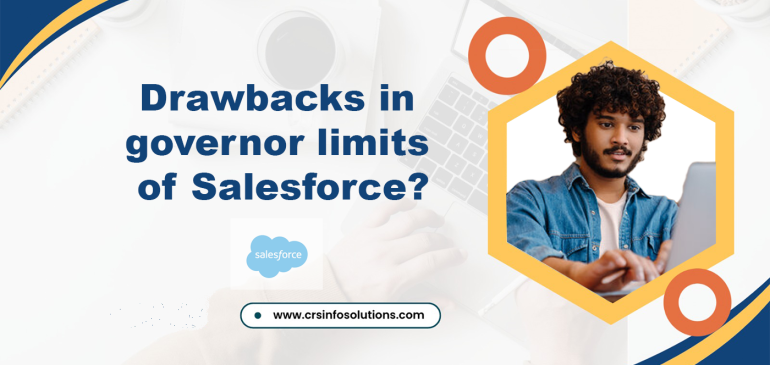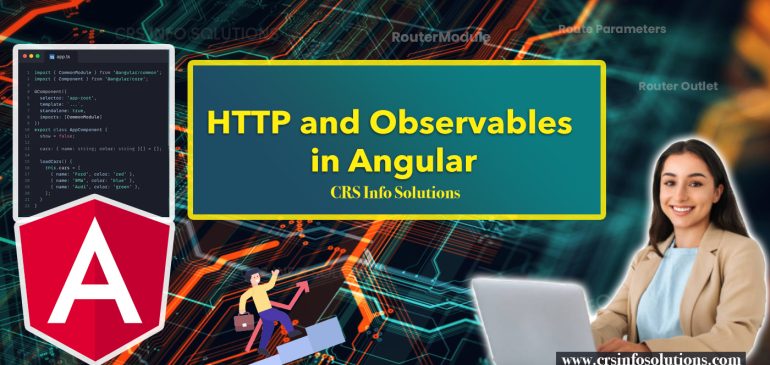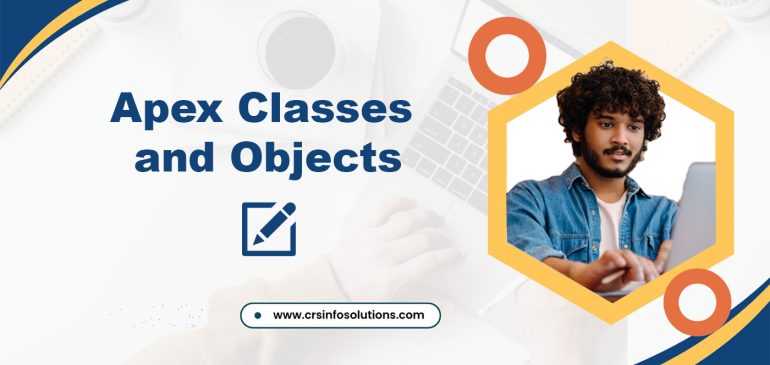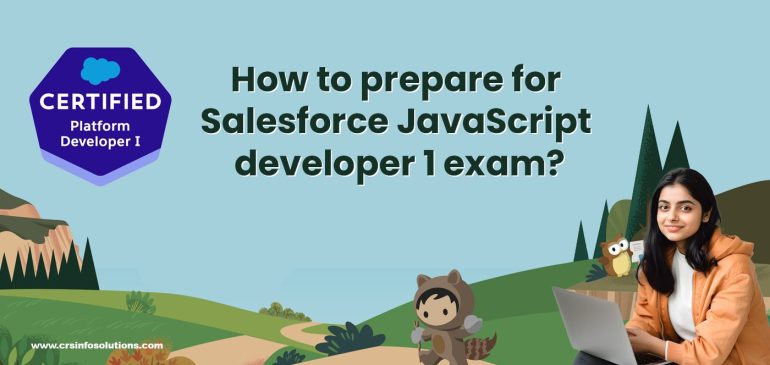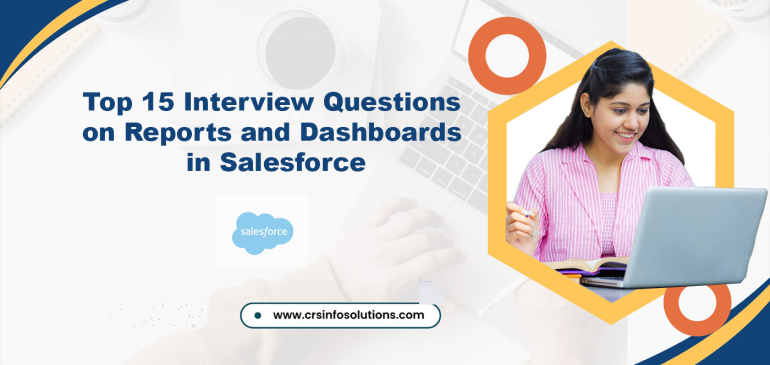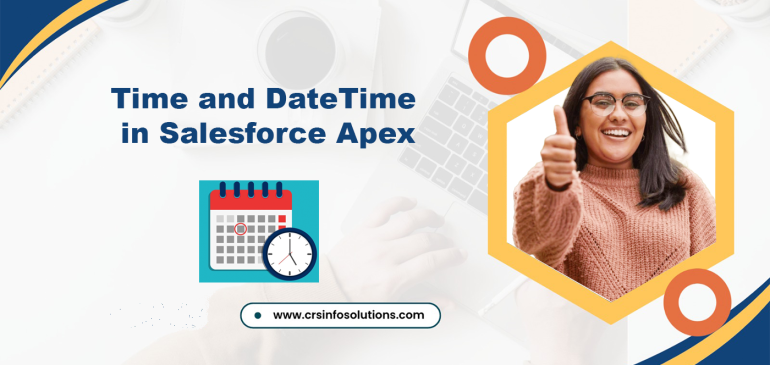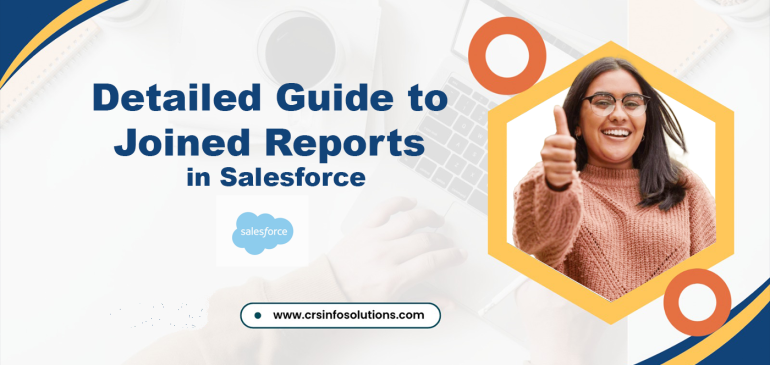Salesforce Escalation Rules
Table of Contents In the realm of customer relationship management (CRM) systems, Salesforce stands out for its robust features designed to streamline sales processes. One such feature is Escalation Rules, a powerful tool that ensures timely response and resolution of customer issues. Let’s delve into the intricacies of Escalation Rules…
Drawbacks in governor limits of Salesforce?
Table of Contents: Salesforce imposes Governor Limits to ensure that resources are shared fairly among all applications running on the multi-tenant platform. However, these limits can sometimes be challenging for developers. Here’s a breakdown of the drawbacks and how to overcome them: Drawbacks of Governor Limits Watch our FREE Salesforce…
Beginner Guide to Salesforce Sales Cloud Certification Course
Table of Contents: Salesforce Sales Cloud is a comprehensive CRM platform that offers a wide range of functionalities to manage sales processes. What is Sales Cloud? Sales Cloud is a highly robust customer relationship management (CRM) platform designed by Salesforce, specifically tailored for sales professionals. It facilitates the automation of…
HTTP and Observables in Angular with examples
Table OF Contents HTTP and Observables in Angular are essential topics for building dynamic web applications. HTTP (Hypertext Transfer Protocol) allows Angular apps to communicate with back-end servers by sending and receiving data. This is crucial when you need to fetch data from an API or submit user inputs to…
Understanding Apex Classes and Objects in Simple Terms
In the world of programming, classes and objects are like blueprints and the things built from those blueprints. Apex, Salesforce’s programming language, also uses classes and objects to create custom functionality. Let’s break down what they are in simpler terms. Apex Classes – The Blueprints Imagine you want to build…
Basics of Salesforce MVC Architecture
Salesforce leverages a modified version of the MVC (Model-View-Controller) architecture to organize and manage its vast array of functionalities effectively. In this adaptation, the Model represents the underlying data structure within the Salesforce platform, including objects, fields, and relationships. This data model serves as the foundation for storing and manipulating…
How to prepare for Salesforce JavaScript developer 1 exam?
To effectively prepare for the Salesforce JavaScript Developer I exam, it’s crucial to first get a thorough understanding of the exam’s structure and content. Salesforce provides detailed exam guides that outline the key topics, format, and scoring method. These guides are invaluable resources for setting your study priorities. JavaScript Developer…
Top 15 Interview Questions on Reports and Dashboards in Salesforce
Table of Contents In the realm of modern business, data reigns supreme. It’s the compass guiding decisions, the fuel powering strategies, and the key to understanding customers. Yet, in the vast expanse of data, finding actionable insights can feel like searching for a needle in a haystack. Enter Salesforce Reports…
Time and DateTime in Salesforce Apex
Table of Contents In Salesforce’s Apex, Time and DateTime are data types used to represent points in time, each serving different purposes and offering distinct functionalities. Time The Time data type in Apex represents a specific time of day, without any reference to a particular day, month, or year. It…
Detailed Guide to Joined Reports in Salesforce
Joined Reports in Salesforce: Definition: Joined Reports in Salesforce allow users to combine multiple report blocks into a single report. Each block acts as an independent report, and you can view data from different report types in a single view. Features: Watch our FREE Salesforce online course video, it’s a…

